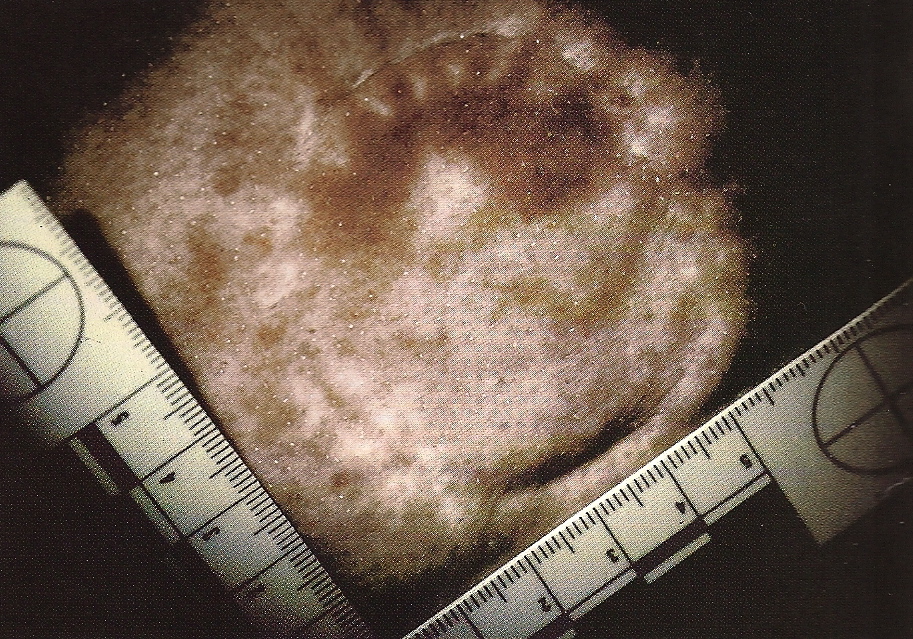Last spring, I published a piece examining alternate light sources as a tool for semen and other bodily fluid detection. I promised I would come back with a piece on using ALS to identify and photograph injury not obvious or visible to the naked eye. Coincidentally I’ve been asked for some predicate questions by a prosecutor on this very issue, so in the spirit of bang for buck and all that, here you go:
Not surprisingly, there hasn’t been a ton written on this subject. I am including several links here, but unfortunately, they’re not all full-text. Some of these links don’t provide a guide for using ALS, so much as they support the use of ALS in the context of a broader approach to identifying injury. However, keep in mind: there is little research that supports using ALS for this purpose, so from an evidence-based standpoint you are out in the weeds. Be prepared to discuss this if one of your cases goes to court. (This is the kind of science I’m looking for on this subject, for those of you who have asked me.)
{My editorial here. Of note: “There is no evidence base, therefore, to support the use of an alternate light source as an independent tool to definitively interpret fluorescence as a sub- clinical bruise (i.e., bruising that is not visible to the naked eye). Given the high false-positive rate in detecting subclinical bruising, it is essential for medical and legal professionals to understand the resulting implications of promoting the use of ALS in a forensic setting.” (p. 5)}
Advances in Clinical Forensic Medicine
Alternative light source (polilight®) illumination with digital image analysis does not assist in determining the age of bruises
Enhancing the Visibility of Injuries with Narrow-Banded Beams of Light within the Visible Light Spectrum
Experience With Wood Lamp Illumination and Digital Photography in the Documentation of Bruises on Human Skin (full text)
Forensic Photography. Ultraviolet Imaging of Wounds on Skin
Forensic Ultraviolet Light in Clinical Practice: Evidence for the Evidence (full-text)
Marked Women (full-text)
Routine use of ultraviolet light in medicolegal examinations to evaluate stains and skin trauma
Soft Tissue Injuries in Victims of Color (Poster)
Spectrophotometric evaluation of the age of bruises in children: measuring changes in bruise color as an indicator of child physical abuse.
The Police Report Says He Choked Her–How Do I Prove It? (full text)
Use of an Alternate Light Source to Assess Strangulation Victims (full text for IAFN members and JFN subscribers)
 Bite wound viewed under ultraviolet light (Photo: Color Atlas of Domestic Violence)
Bite wound viewed under ultraviolet light (Photo: Color Atlas of Domestic Violence)

